Weekly Tech Recap - № 239 - PlayStation Teardown, Motorola One Hyper, Snapdragon 8c, Alphabet, Elysis aluminum
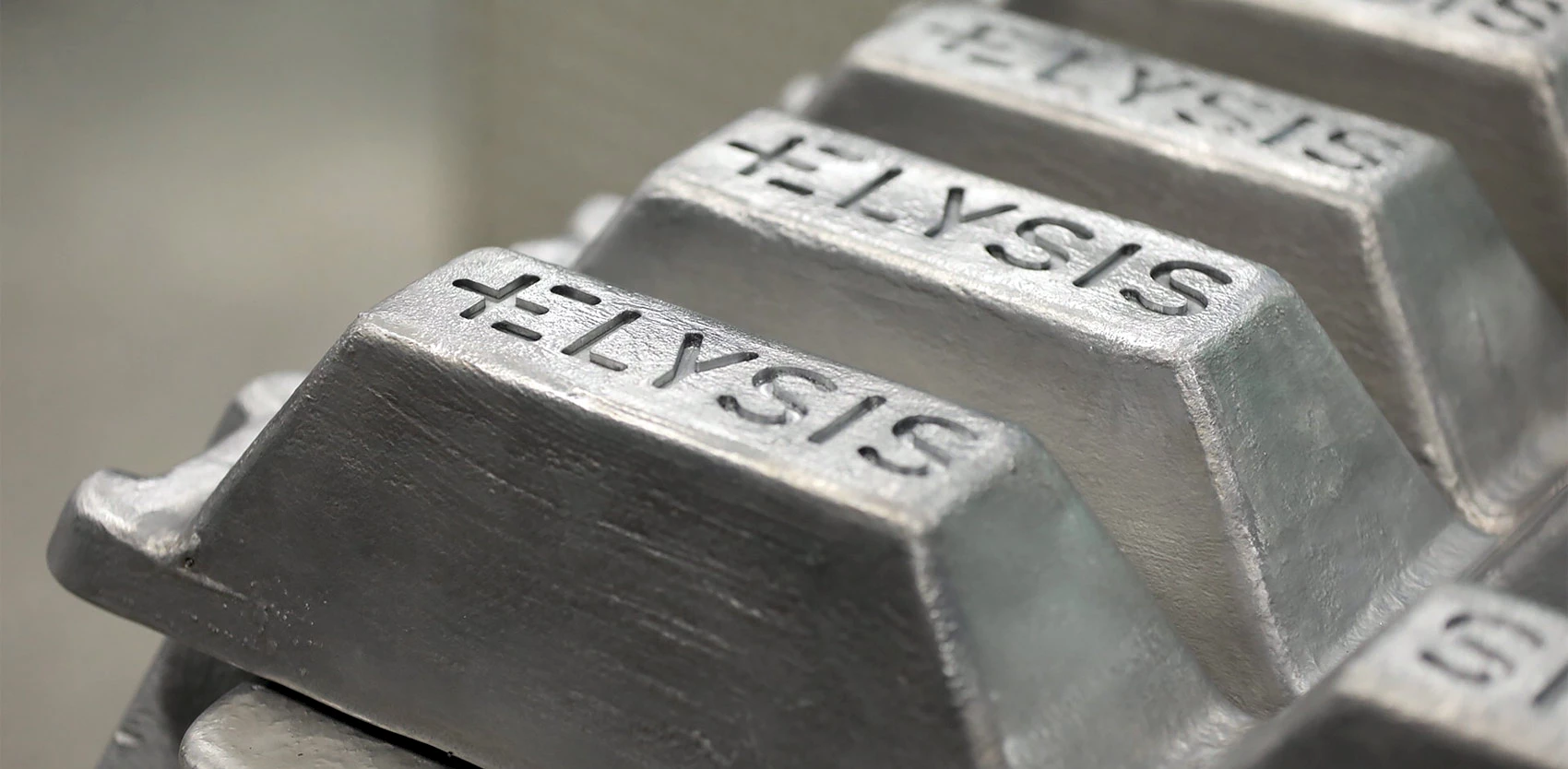
PlayStation Teardown
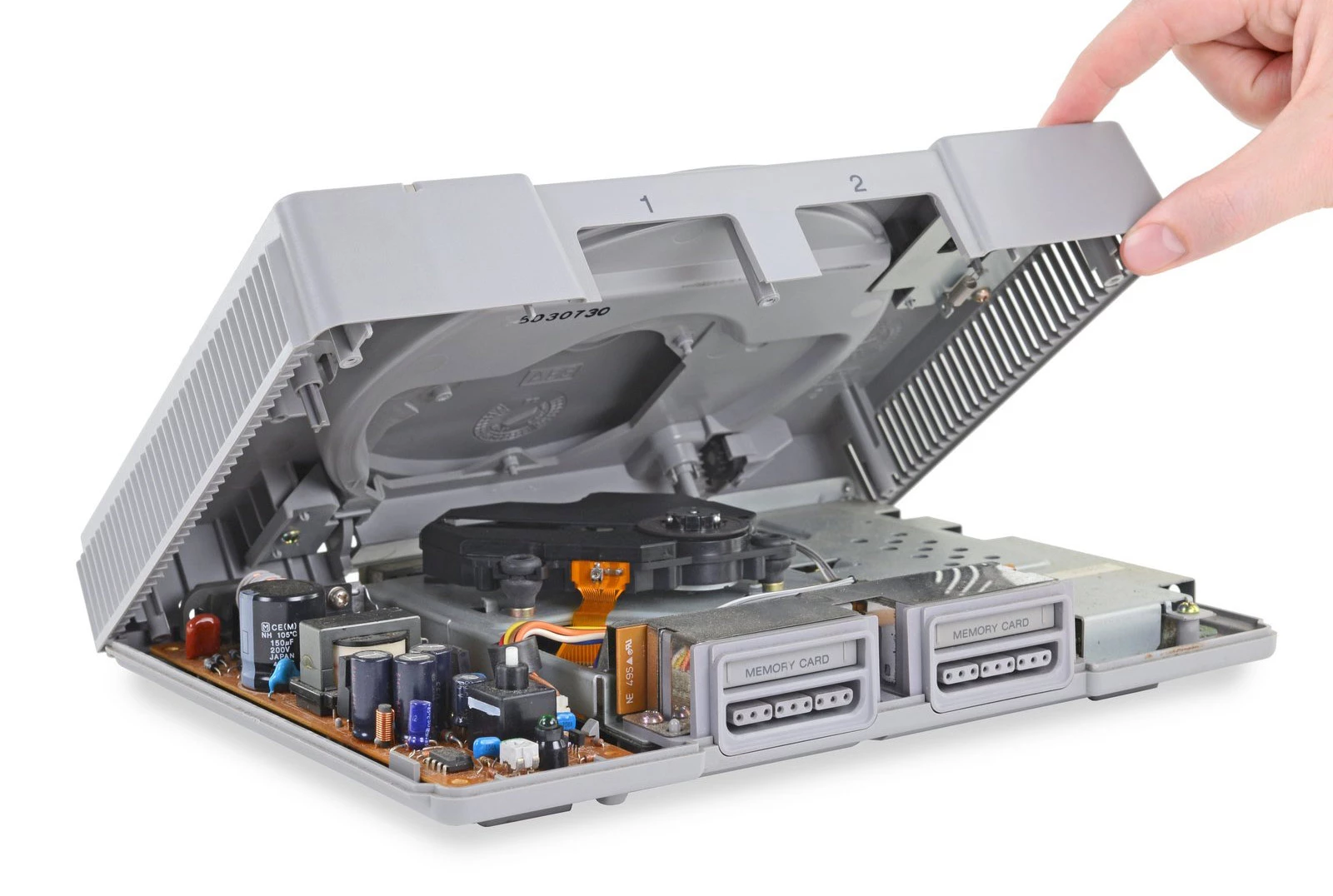
Opening the hood. © iFixit.
To appropriately mark PlayStation’s 25th anniversary, iFixit performed a full-on teardown of a PlayStation 1 from 1994. Unlike contemporary electronics, the original PlayStation doesn’t require specialized tools: all you need to take the whole thing apart is a single Phillips #1 screwdriver. Under the hood, the very busy motherboard sports a 32-bit MIPS R3000 33.9MHz processor, 2Mb of RAM, and 1Mb of VRAM. As mentioned by iFixit, the standard PlayStation 4 provides 50 times more processing power and 4,000 times more RAM than the PlayStation 1, which didn’t even require a cooling fan. In terms of repairability, iFixit gave it a very decent 8 out of 10. The only reason it didn’t get a 10 is that the input and output ports are soldered to the motherboard.
⇨ YouTube, “Sony PlayStation Teardown.”
⇨ iFixit, “Sony PlayStation Teardown.”
Motorola One Hyper
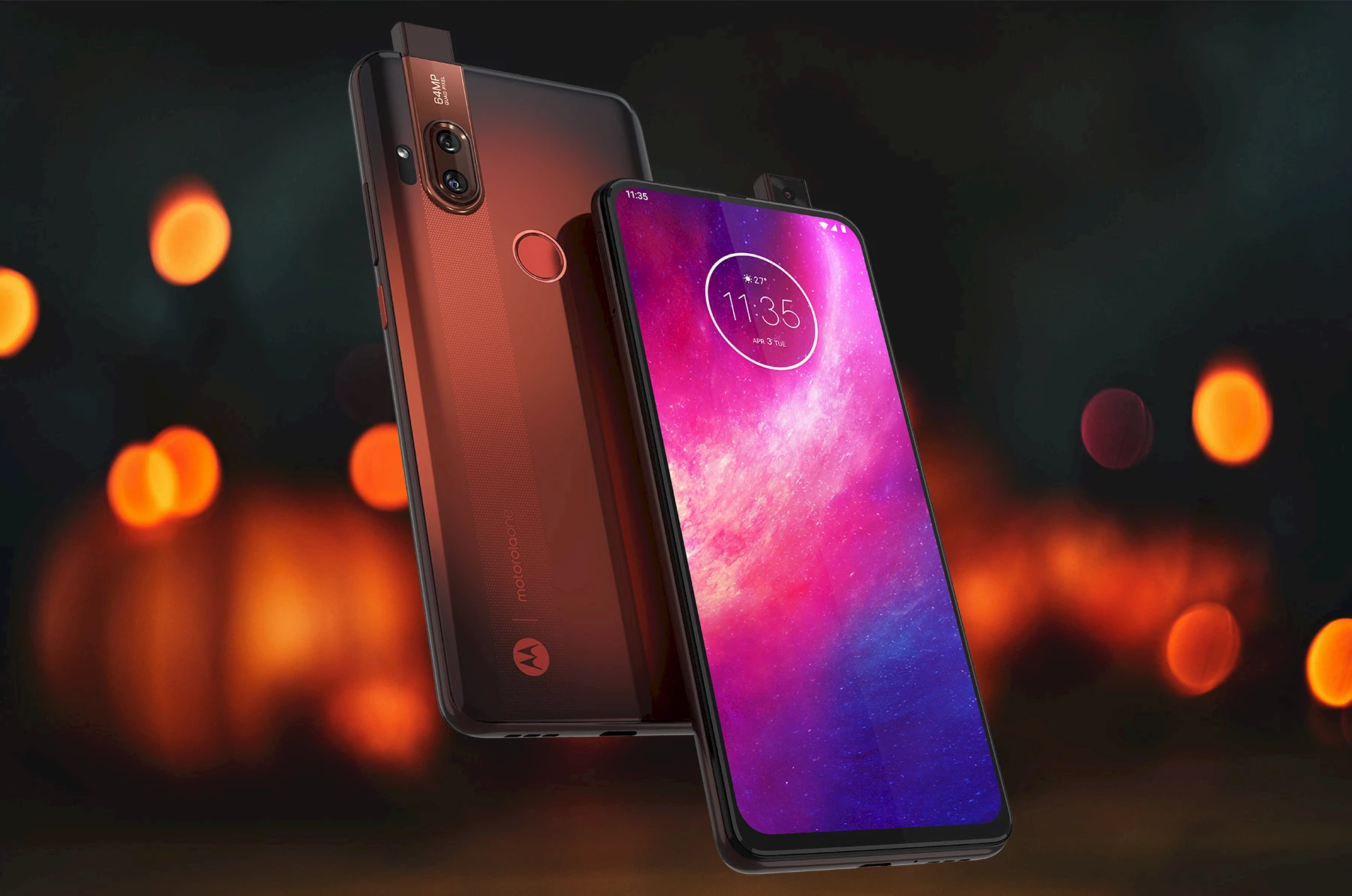
One Hyper. © Lenovo.
Motorola has unveiled a nice little mid-range phone, the One Hyper. It comes with a camera with a 64Mpx image sensor, a 32Mpx pop-up selfie camera, 4Gb of RAM, 128Gb of storage (1Tb with a microSD chip), and a Qualcomm Snapdragon 675 with an octa-core Kryo 460 2GHz processor. It runs on Android 10. The 4,000mAh “hyper”-fast-charging battery (10 minutes with the optional, 45W charger) provides it with 28 hours of use, according to the builder. The LCD 19:9 display has a resolution of 1080x2340 pixels, or 395 pixels per square inch, and covers 90% of the front of the device. Finally, it also has an audio jack, which is always a nice feature. Available in three colours (Deepsea Blue, Dark Amber, and Fresh Orchid) for USD400 (CAD530).
⇨ YouTube, “Motorola One Hyper: Life in hi-res.”
⇨ Circuit Breaker, Chaim Gartenberg, “Motorola’s new One Hyper has a pop-up camera, Android 10, and a $400 price tag.”
⇨ Android Central, Daniel Bader, “Motorola One Hyper hands-on: All the megapixels $400 can buy.”
Snapdragon 7c and 8c Processors
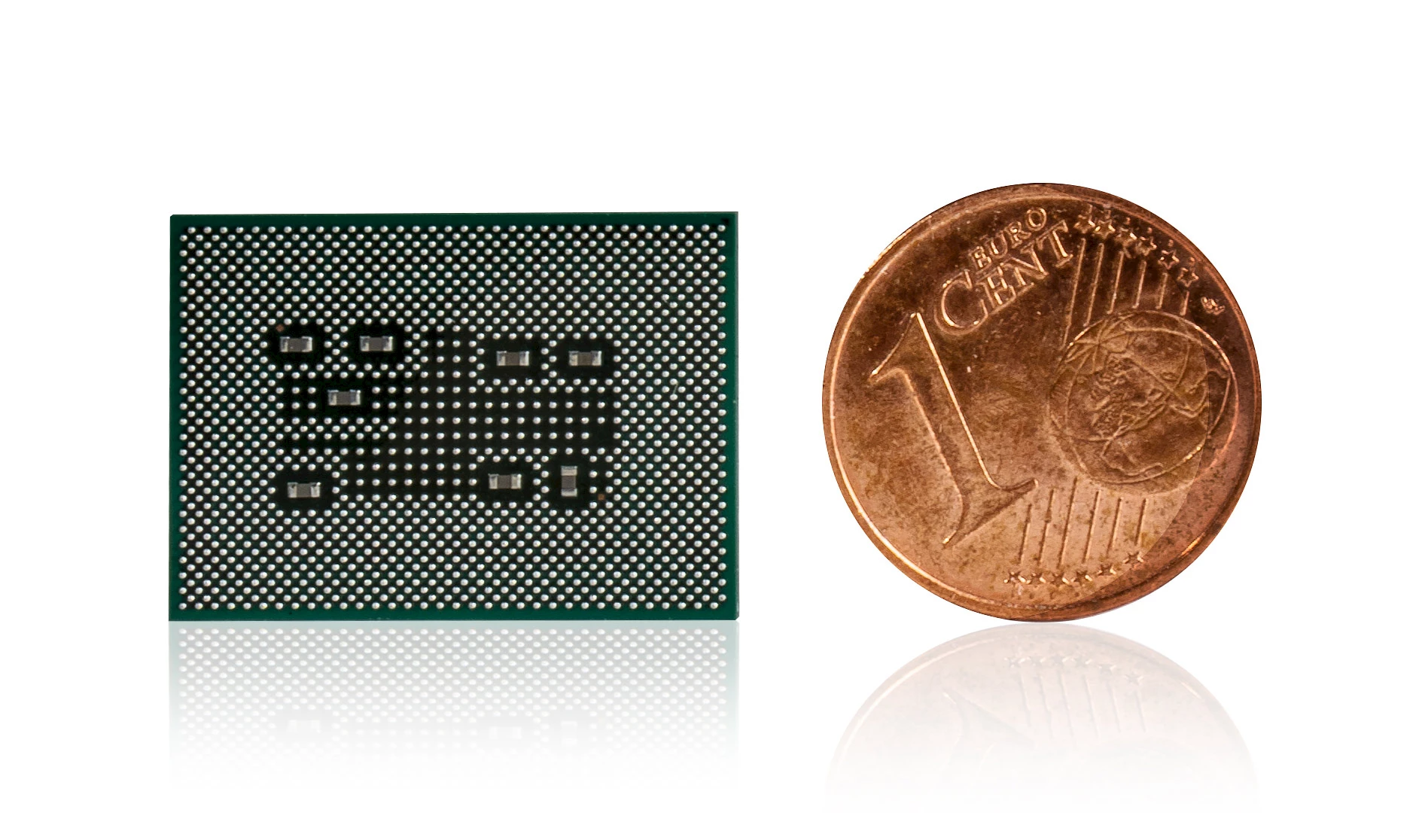
Snapdragon 8c. © Qualcomm.
At its Snapdragon Tech Summit in Maui, Hawaii, the chip builder Qualcomm unveiled the Snapdragon 7c and 8c, two new processors inaugurating a new line of ARM chips for Windows laptops. The 8c is positioned as the successor to the Snapdragon 850 processor, Qualcomm’s second-generation ARM Windows chip, while the 7c is an all-new entry-level chip for the lower-cost Windows laptops. The 8c will offer up to 30% improved performance over the Snapdragon 850, featuring a Kryo 490 CPU, an Adreno 675 GPU and an integrated X24 LTE modem for connectivity. Manufacturers will also be able to pair it with an X55 5G modem. The cheaper 7c is naturally less powerful, with an octa-core Kryo 468 CPU, an Adreno 618 GPU and an X15 LTE modem (no 5G option).
⇨ Circuit Breaker, Chaim Gartenberg, “Qualcomm’s new Snapdragon 8c and 7c processors will power cheaper ARM laptops.”
Alphabet: Larry and Sergei exit stage left
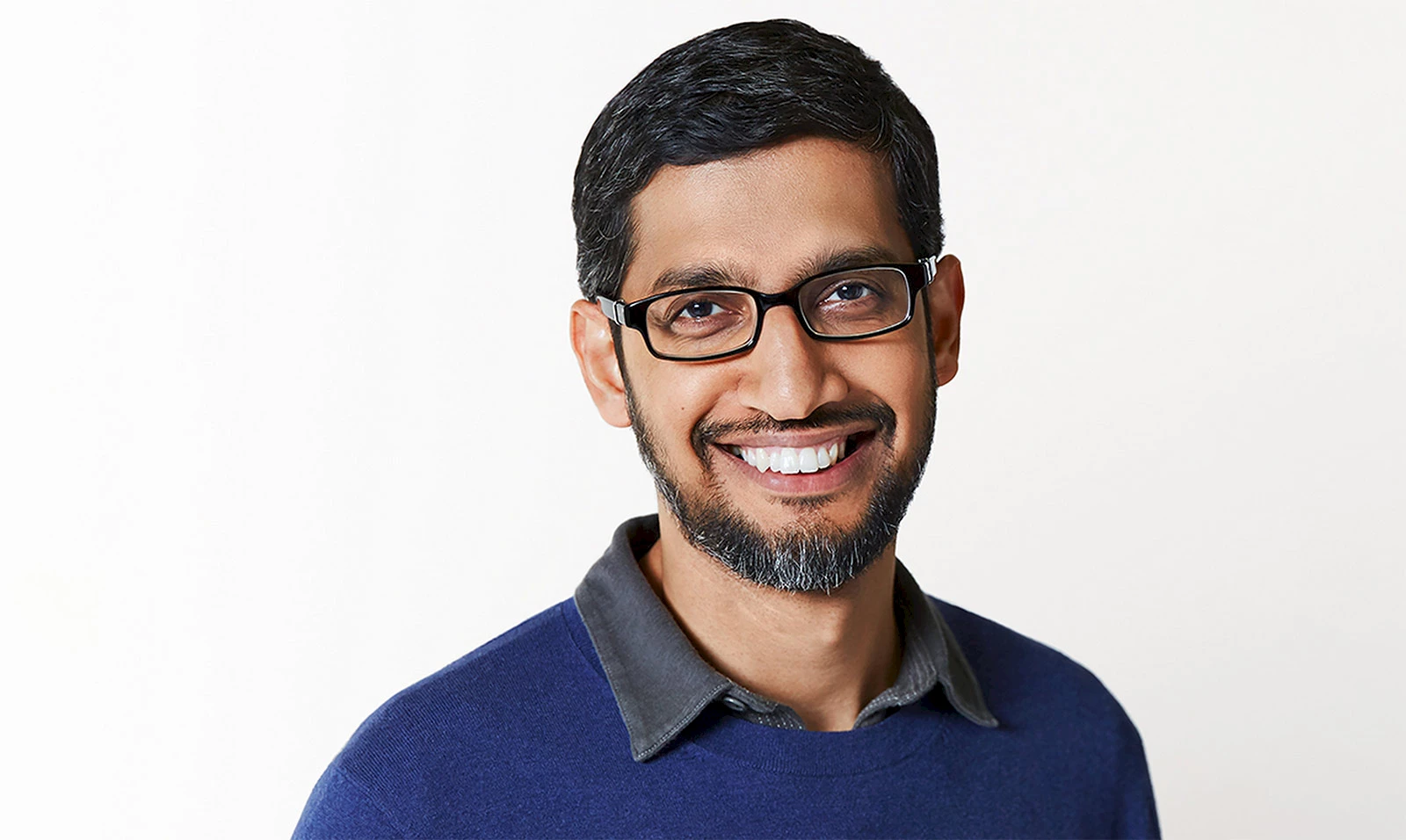
Sundar Pichai. © Google.
On Tuesday, Google announced that its very discreet co-founders, Larry Page and Sergey Brin, are relinquishing their positions at the head of Alphabet, Google’s parent company, and handing over responsibility to Google’s current CEO, Sundar Pichai. Page and Brin will keep an interest in the future of the company as stockholders and members of the Board. “Sundar brings humility and a deep passion for technology to our users, partners and our employees every day”, wrote messieurs Brin and Page in a letter announcing the change of leadership of their company, which they created in a garage in 1998. The Alphabet soup, which covers just about the whole of Silicon Valley, includes Google as well as a myriad of other high- and new-technology companies that employ 100,000 people the world over, including YouTube, DeepMind, Nest Labs, Meka Robotics, Waymo, Sidewalk Labs, among many, many others: since 2001, Alphabet has acquired a whopping 230 companies.
⇨ Axios, Scott Rosenberg, “At Google, twilight of the founders.”
Clean Quebec aluminum for Apple
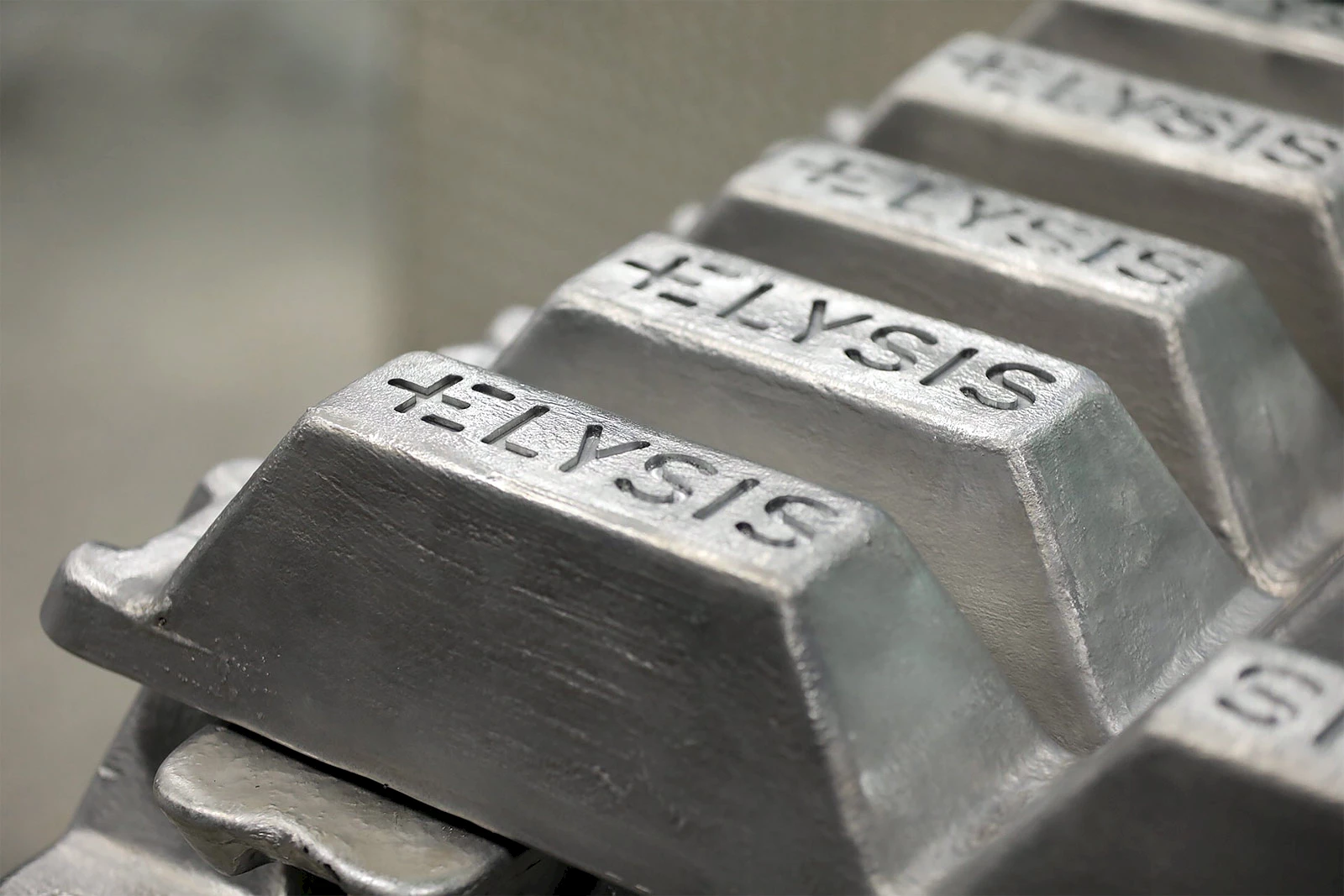
Aluminium ingots. © Apple.
This month, Apple will be receiving its first delivery of “clean” aluminum, produced by Elysis, a Montreal-based joint venture between aluminum producer Alcoa and mining company Rio Tinto. The metal comes from Alcoa’s labs in Pittsburgh, Pennsylvania; it will be used to build unspecified Apple products. In May 2018, Alcoa, Rio Tinto, Apple and the Canadian and Quebec governments invested 188 million dollars in a zero-carbon aluminum smelting process. While the prototype aluminum ingots were produced in the U.S., large-scale production will take place in Saguenay, in Quebec, by the end of next year. Apple, which uses quite a bit of aluminum in its products, is going “green”; for example, the Mac Mini and MacBook Air cases are entirely made out of aluminum recovered from old machines.
⇨ Mac Rumors, Joe Rossignol, “Apple begins buying aluminum made with carbon-free process, plans to use in select products.”
